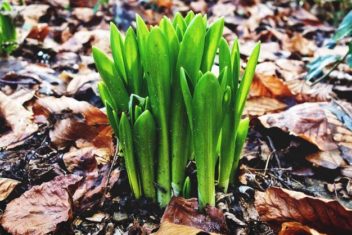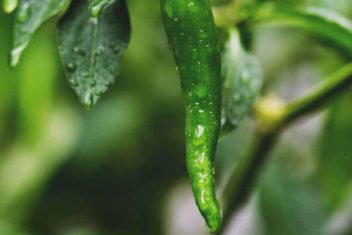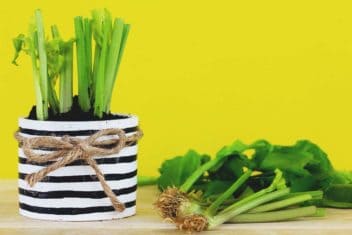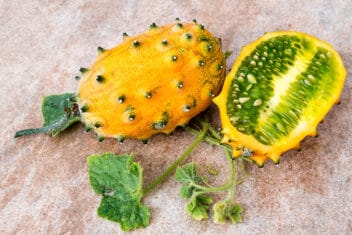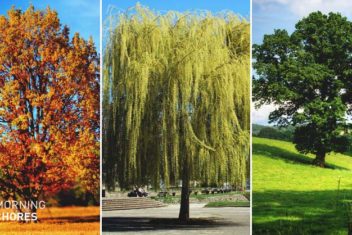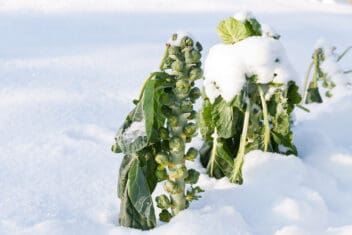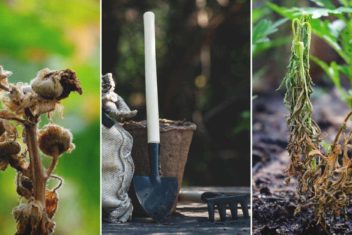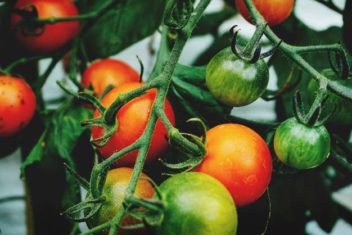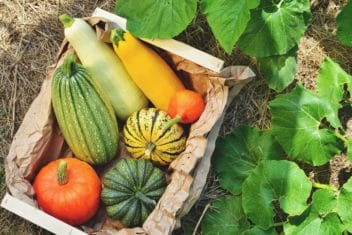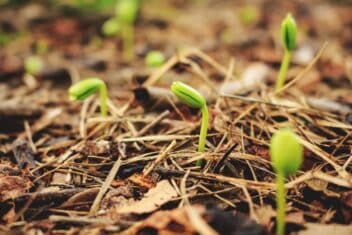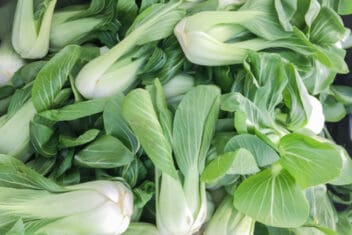If you want to have healthy, strong plants that grow quality fruits and vegetables, chances are you’ll have to condition your soil. Few of us naturally have the ideal earth for our plants. It takes dedication, work, and a good soil conditioner to get there.
When I first moved onto my rural property I was sure I’d be able to grow anything and everything with ease. I was surrounded by professional market gardeners who had acres and acres of lush, green vegetables. My first few attempts failed and it wasn’t until I learned to condition my soil that I improved my plant quality and yield ten-fold.
Well conditioned soil not only keeps your plants in good shape, but it also helps to keep soil-borne pathogens at bay. Some people think that conditioning soil is as simple as adding some fertilizer, but they’re different things. Knowing how to condition your soil – in addition to feeding it – will make all the difference for your plants.
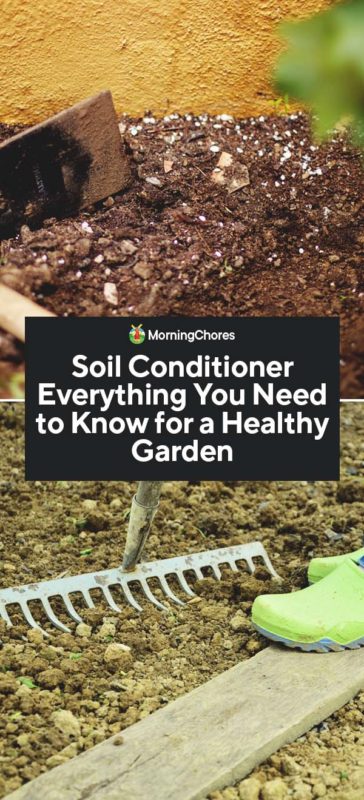
Why Condition Your Soil?
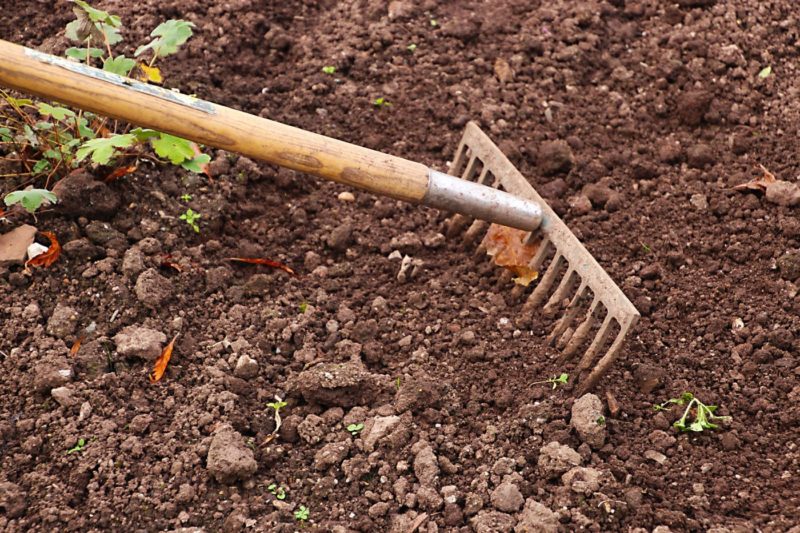
Put simply, unconditioned soil is generally any soil in which your plants won’t thrive. Poor soil can restrict water and nutrient uptake causing your plants to yellow and produce poorly.
Poor soil can also be compacted which prevents roots from growing well and obtaining nutrients. Your soil may be too sandy or lack organic matter, which can cause plants to become undernourished.
Soil conditioner resolves these problems by adjusting the texture of your soil. You can improve aeration, water retention and adjust pH with the right material.
What is Soil Conditioner?
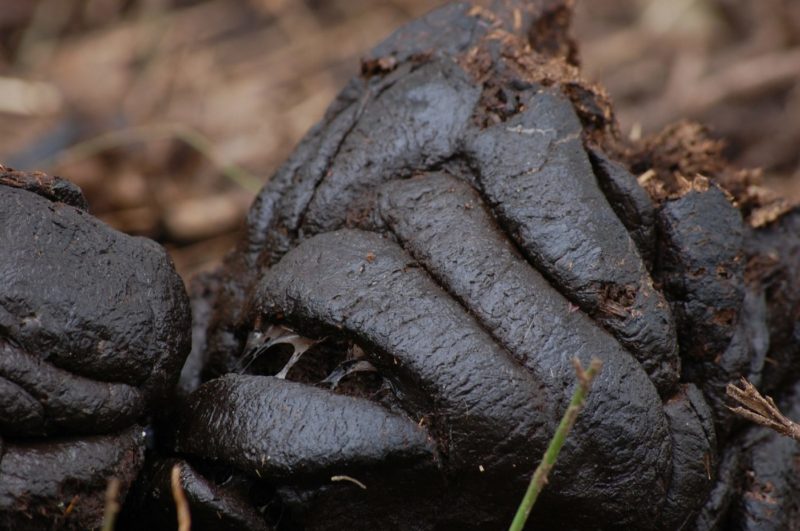
Soil conditioner is anything you mix into your soil in order to improve its structure. This can include things like manure, compost, peat moss, leaf mold, sawdust, straw, gypsum, or limestone. Conditioners can be organic or artificial.
Fertilizer doesn’t fall under the label of soil conditioner because it doesn’t alter the soil’s structure. It only adds nutrients.
The goal of using soil conditioner is to bring your earth close to a mixture that is 50% organic or inorganic material, 25% air, and 25% water. This is the ideal combo to make most plants happy.
What Soil Issue Do You Have?
The first step to figuring out which soil conditioner you need is to determine your problem. The only real way to identify your soil condition is to test it yourself or have it professionally tested. You can buy testing kits at most garden centers.
Specifically, you want to determine if your soil is lacking certain nutrients before you add a soil conditioner. That’s because many conditioners alter your soil’s nutrients. For instance, limestone adds calcium and magnesium. Greensand adds potassium and magnesium. Gypsum adds calcium. If you have high calcium soil, you certainly don’t want to add more.
You also need to determine what type of soil you have. I’ve found that to identify most types, it’s just a matter of digging down a few inches and taking a small amount of soil.
Clay Soil
Form a small amount of dirt and water into a ball then push it between the fingers to form a ribbon. If the ribbon reaches over two inches before breaking, you have clay soil.
Many plants don’t thrive in clay because it doesn’t drain well and it can be so compacted that the roots struggle to extend themselves. It can also be a real pain to dig in. If it doesn’t break your shins or spade, digging a hole deep enough can be a real chore.
The best thing to do with clay soil is to add as much organic matter as possible as often as you can. The concept behind this is the more loose, healthy organic matter, the less clay you have to dig through.
Try well-rotted compost as it breaks down slower than other organic matter. Gypsum is one of the most popular amendments for clay soil.
Sandy Soil
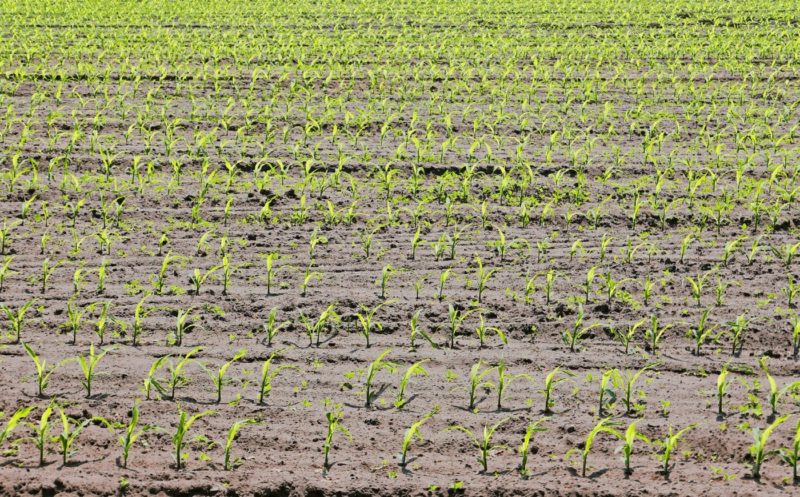
When you mix sandy soil with a bit of water and try to form a ball, it will crumble apart. Sandy soil doesn’t hold water and drains too fast. This means the plants don’t get the chance to absorb the nutrients they need.
To remedy this, you can add well-rotted manure, but on its own, it will wash away quickly. So, in addition to manure, add old grass clipping, vermiculite or peat. All of this will enhance the body of the soil. Keep in mind that this won’t add many nutrients, so once the soil is less sandy, add fertilizer or compost.
Silty Soil
Silty soil has more compact particles than sandy and can be soapy to the touch. This soil is cold and can become waterlogged. Part of the problem with silty soil is that it compacts easily, which impacts aeration.
Use rotted vegetable matter or ground, aged pine bark to condition silty soil. I have a shredder that will grind the bark for me, but you can buy it ready-made at most garden centers.
As with sandy soil, you should add fertilizer once you’ve improved the soil’s condition.
Peaty Soil
Peat is often compacted due to its high water content. This can cause the base of plants to become waterlogged. The other problem with peat is it can become dry in the summer.
For this reason, I don’t like soil with too much peat moss. A little goes a long way. Peat is more beneficial in the soil if it’s well balanced, so add organic matter to condition the soil and some lime to balance the pH.
Saline Soil
Saline soil is common in hot, dry places. It has a high salt content, which dries out plants, and causes poor nutrient uptake and stunted growth.
You’ll know if the soil is saline as it often has a whitish layer on the surface and young plants suffer from leaf tip burning. Use gypsum to remedy this and dig it in well. Gypsum will replace salt with calcium and your plants will be much better off.
Loamy Soil
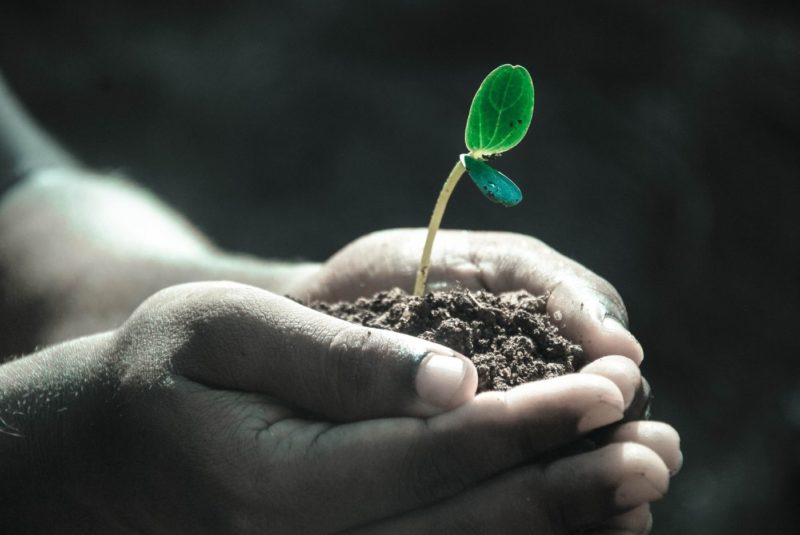
If you have loamy soil, your job is basically done. Loam is the ideal soil type as it contains a good balance of clay, sand, and silt, and also contains humus. Levels of calcium are usually optimum in loamy soil and pH levels are neutral.
Loam can both hold water while still allowing it to drain it away well. Plants flourish with few additions required. In fact, besides adding a little fertilizer as the soil is depleted, you’ll rarely have to mess with soil conditioners.
How To Use Soil Conditioner
Most soil conditioners should be worked into the earth before planting. There are some conditioners, like compost, that you can add to the top of the soil after plants are in the ground.
When choosing a soil conditioner, be sure to understand what the particular conditioner will add to the soil so you know if it will work in your garden.



